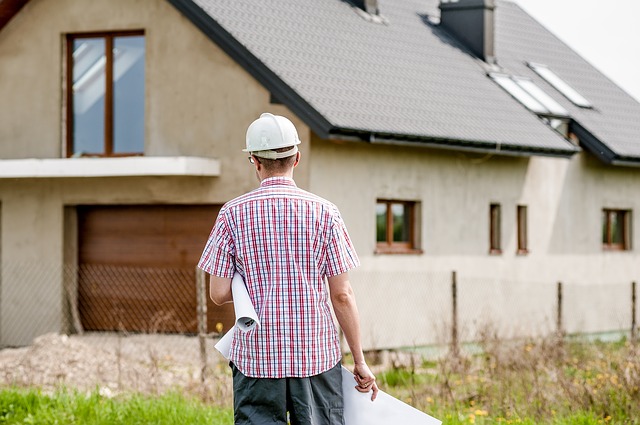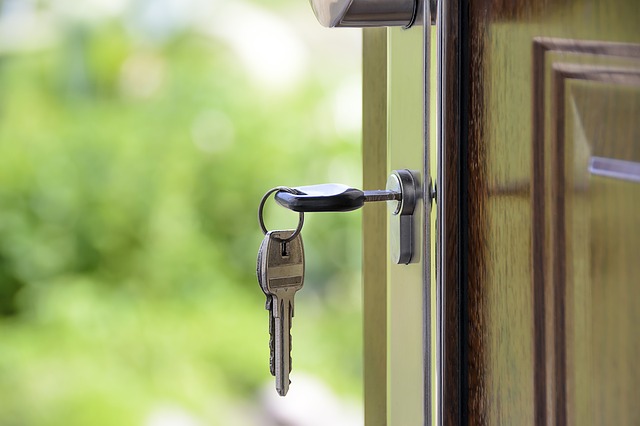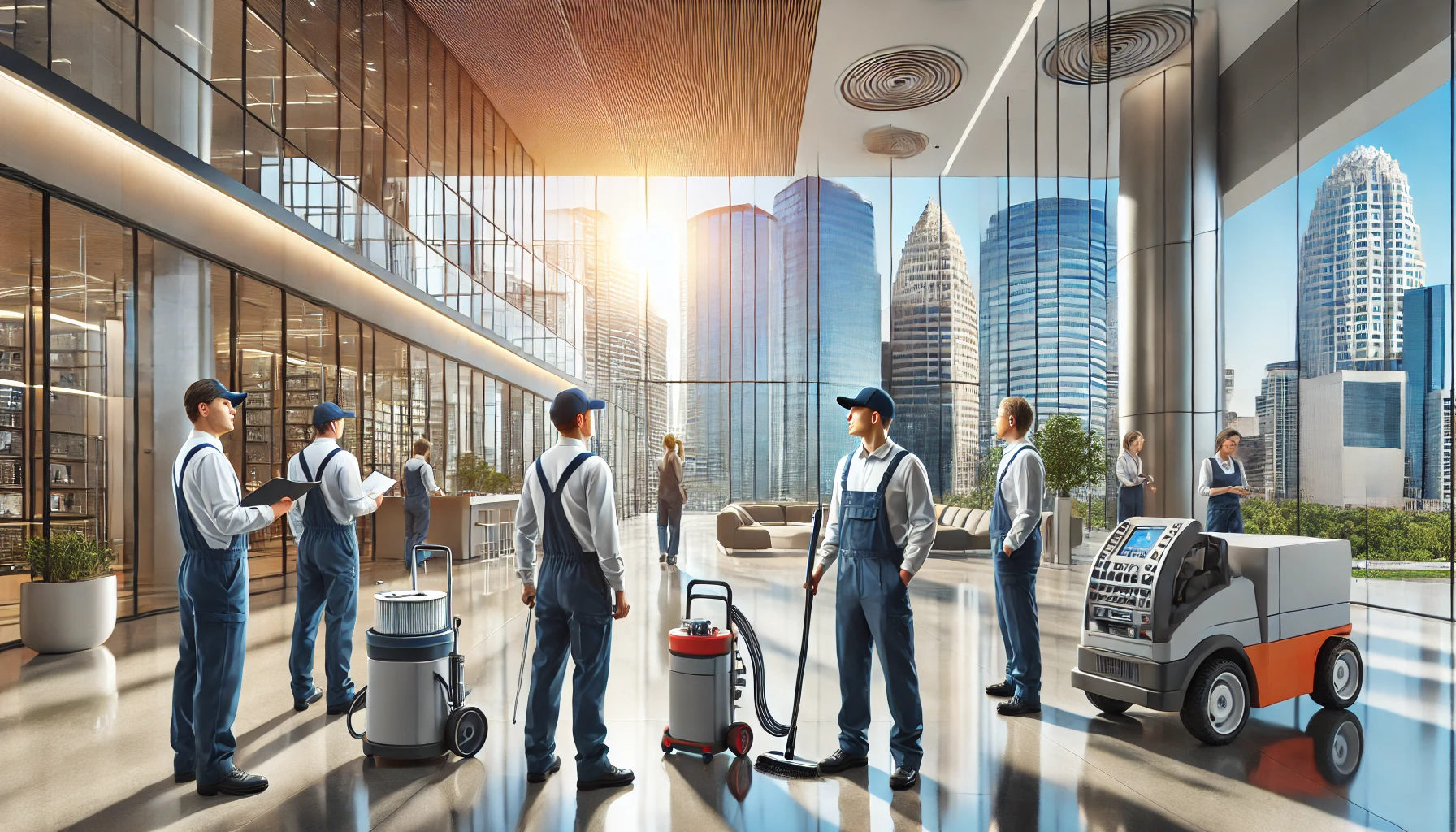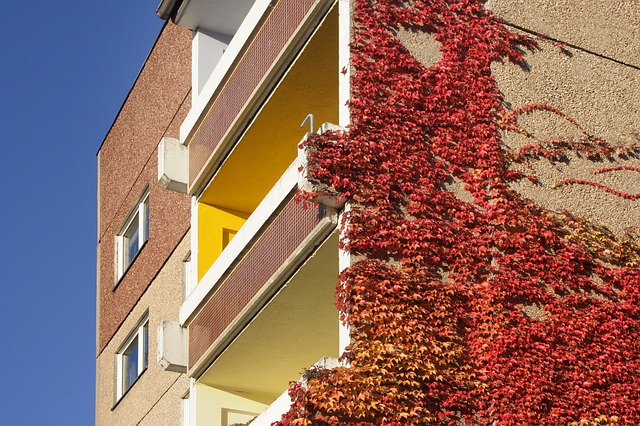Under the previous administration, when the state favored honeymoon loans and housing for young families, homes were generally built larger than today. Large windows were all the rage, and few people had ever heard of passive or low-energy housing. People were not putting solar panels on their roofs, nor did they have to save money and consider small double or triple-paned windows. Houses were built to provide housing for young people on the ground floor, for example, and two dwelling units were allowed in a single family home. In the past, houses had basements. In the basement there was space for storing coal. This was because coal was the cheapest at the time. There was also room to store garden tools, lawn mowers, chain saws, etc. for the winter. The basement also contained shelving space where industrious and skilled housewives stored compote, homemade jam, pickles, pickled peppers, and so on. In one corner there was usually a stoneware barrel in which cabbage was fermented. The whole family participated in the preparation of the cabbage, and as the cabbage fermented, there was a natural vitamin in the house that could help with the flu and colds.
In the past, houses had basements. In the basement there was space for storing coal. This was because coal was the cheapest at the time. There was also room to store garden tools, lawn mowers, chain saws, etc. for the winter. The basement also contained shelving space where industrious and skilled housewives stored compote, homemade jam, pickles, pickled peppers, and so on. In one corner there was usually a stoneware barrel in which cabbage was fermented. The whole family participated in the preparation of the cabbage, and as the cabbage fermented, there was a natural vitamin in the house that could help with the flu and colds.
Today, on the other hand, the need to save energy usually leads to the construction of small houses with tiny windows. New, modern materials are used that keep the heat out and the cold in on the interior walls. Also, children no longer live under the same roof as their parents, so two-family homes are no longer being built. Parents borrow for 30 years to build a house, and children find another residence, usually renting or taking out a loan to buy an apartment or house. It was a different time, a different way of building, and a different way of living. [But one thing remains. Whether they live together under the same roof, or whether the parents live in one house and the children in another apartment, strong family ties remain unbreakable.

